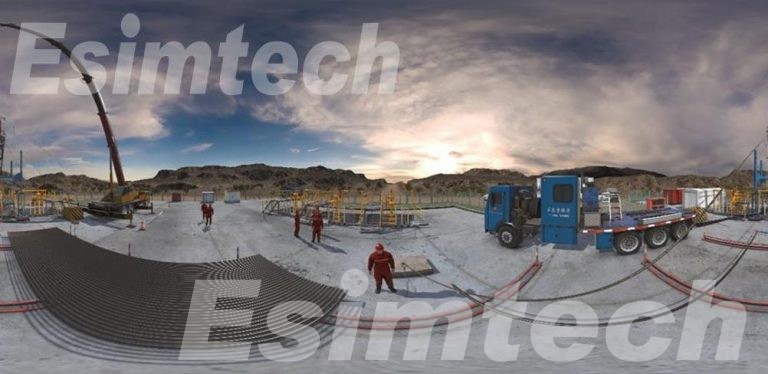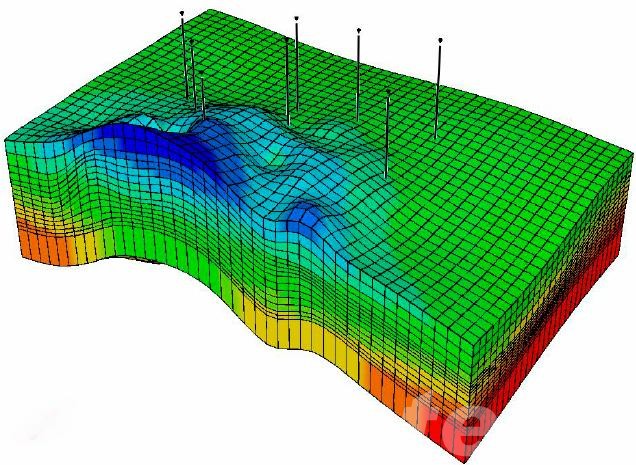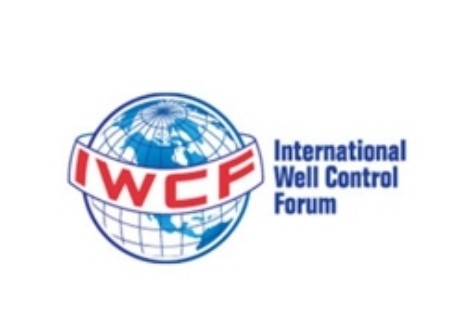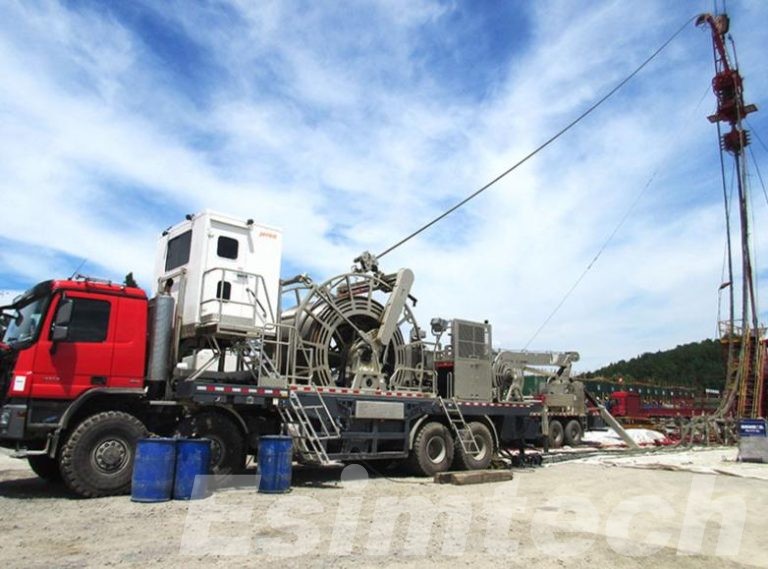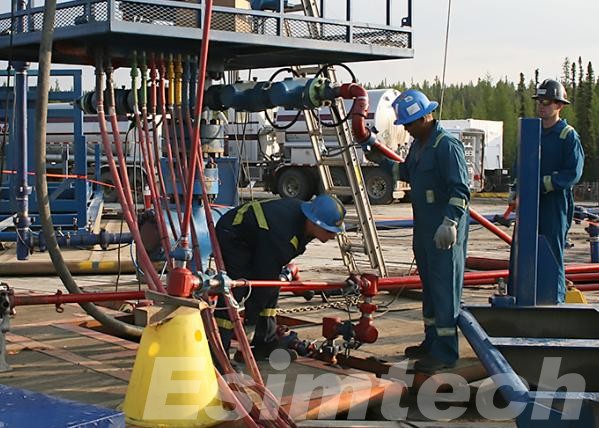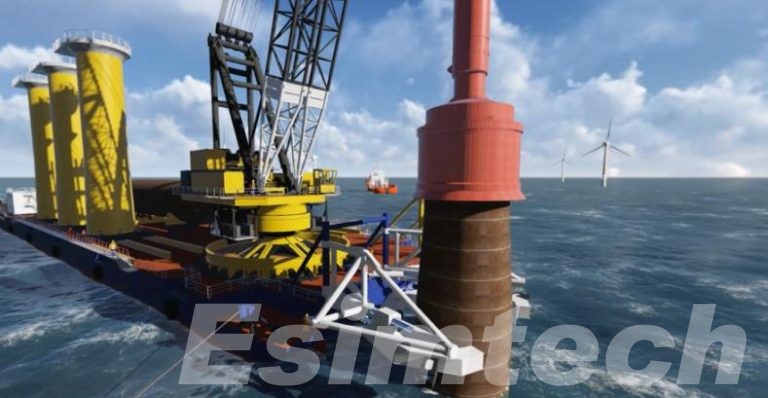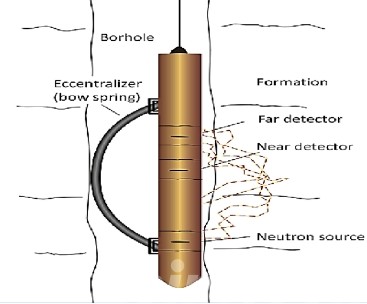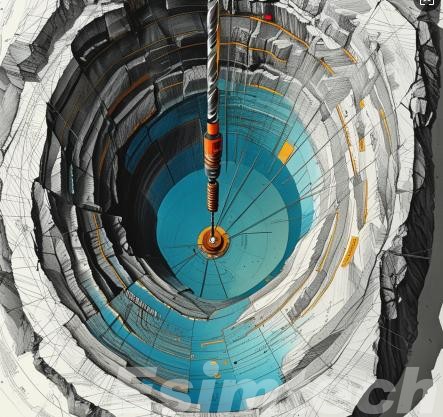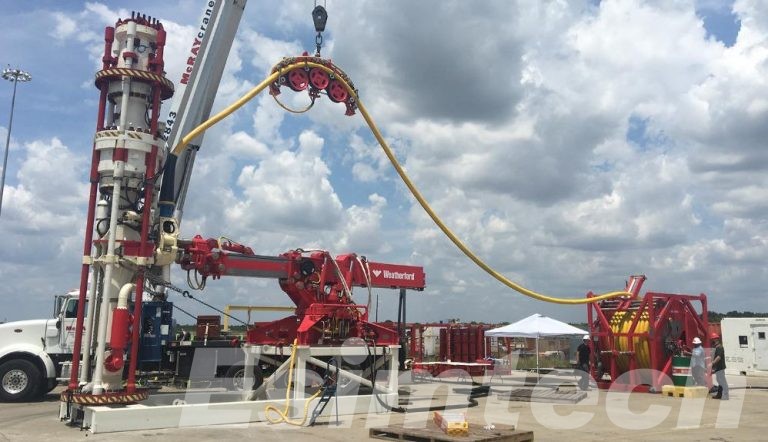Advancements in Well Control Simulators
Oil and gas are in high-risk environments where even a slight mistake in well control can result in catastrophic blowouts, destruction to the environment, and even human injuries. As exploration progresses to deeper, more complex formations and unconventional reservoirs, the requirement for advanced training and real-time preparation becomes more important. In response, well control simulators, which are a critical instrument for training personnel…

